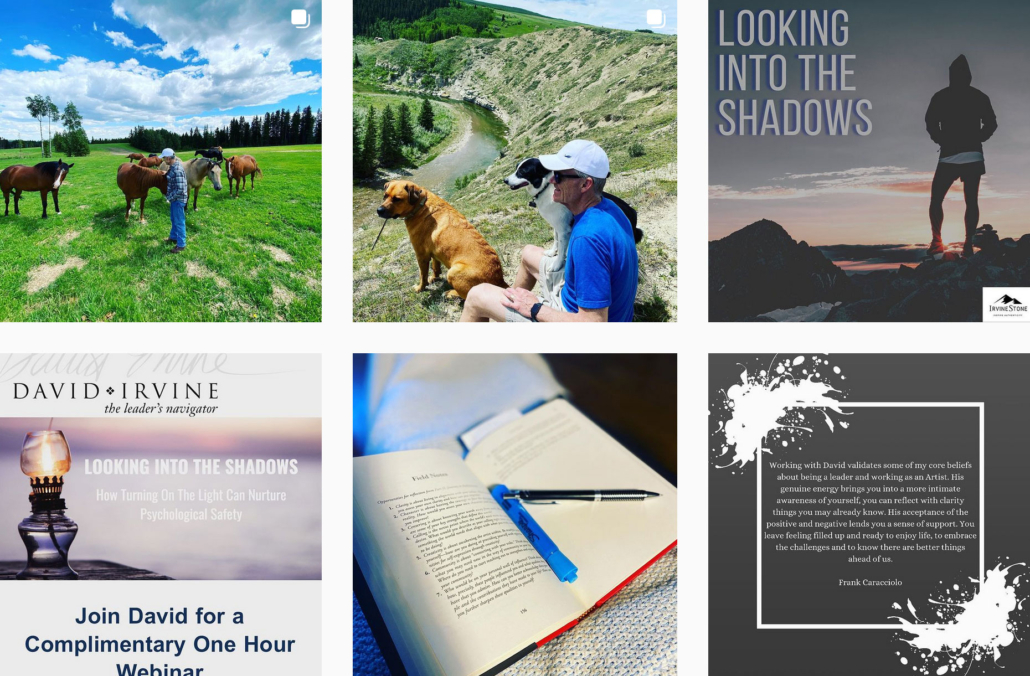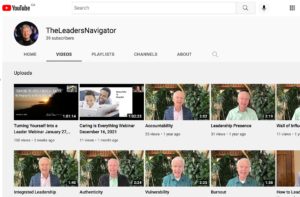AUTHENTIC LEADERSHIP: Using Deficiency to Earn Credibility
A leader can be defined simply as a person who has followers. Not followers in the conventional sense of being subservient, compliant, or submissive. And not necessarily social media followers. Leaders have followers in the truest sense: they follow not because they have to but because they want to. They follow by seeking your advice, looking up to you, respecting your opinions and perspective, and working with you to produce results. They follow by trusting. True followers are engaged and committed.
True leadership development, then, is about becoming a person that’s worth following. It’s about attraction rather than promotion. And if you don’t know how to attract people to follow you when you don’t have a title, don’t expect a title to make it happen for you. You can get promoted to being “boss,” but you have to earn the right to be called a leader.
So, titles don’t make you a leader. What they do make is your flaws and deficiencies immediately visible and transparent. You don’t have to be vulnerable to show others your imperfections. Those around you already know them. With the position of leadership comes the responsibility of letting your people know that you are aware of what they already know. “Here are my flaws. Here are your flaws. And here’s what we are going to do to cover each other off because we have each other’s back…” For example, if interpersonal relationships aren’t your strength, let others know that you know this. Then acknowledge the people on your team who are good with people and give them the space and support to express their abilities for the betterment of the team.
This level of self-awareness is a critically important ability for leaders to develop. Everyone already knows you have flaws. The question is, “Do you know it?” If you want to be a credible leader who is capable of influencing others and inspiring others to follow you, you must acknowledge and be open to looking at your weaknesses.
If you do it right, leadership is a voyage of self-discovery. Make sure you know this before you get promoted and make sure you tell people this when you promote them. Authenticity does not mean perfection. It means embracing the brokenness as an integral part of life. If you want to live an unexamined life and avoid having all your flaws on public display, don’t become a leader!
This is a huge failing of many organizations. Historically, we promote people based on their professional or technical competence and ability to be an individual contributor. In the midst of the tyranny of the urgent, not enough rigor is put into assessing potential leaders’ ability to inspire followers and then supporting them on their voyage of self-discovery. Some people should never be put in a position of leadership. Desiring a raise or a promotion are simply not strong enough criteria for the arduous work of leadership.
Here are four ways to earn credibility in the face of deficiencies:
1) Be committed to self-discovery and self-awareness. If you don’t want your flaws on public display and if you aren’t dedicated to working with your deficiencies and coming out the other side a better person, then accept, with all due self-respect, that leadership is not for you. There is plenty of important work in the world that doesn’t involve leading others.
2) Be open about your weaknesses to those impacted by them, what you plan to do about them, and how you need others to compensate for your flaws. This gets to the heart of authenticity. Your flaws are already known to people whether you acknowledge them or not. It’s about being open about it and willing to answer the question, “What are you going to do about it?”
3) Don’t avoid leadership because it’s tough. Just know what you are in for. Go through it, with all its pains. Leadership, like love, hurts. But if you are committed to making a difference and to making the world a better place through your influence, it doesn’t matter. All those hurts strengthen you.
4) When you see leadership ability in others, don’t hesitate to a) acknowledge it; and b) encourage it. Leadership doesn’t start with people who have a title. It starts with instinctively knowing how to inspire people around them. Leadership about presence, not position. Let’s do a better job of recognizing leadership in ourselves and others.
If you are committed to be a better leader through increased self-awareness and a stronger, clearer purpose and presence, and could benefit from a community of support with other authentic leaders, then I invite you to join me for a renewed perspective on leadership and a life-changing experience at our public workshops at the Banff Centre. Check out my website for information: www.irvinestone.com


